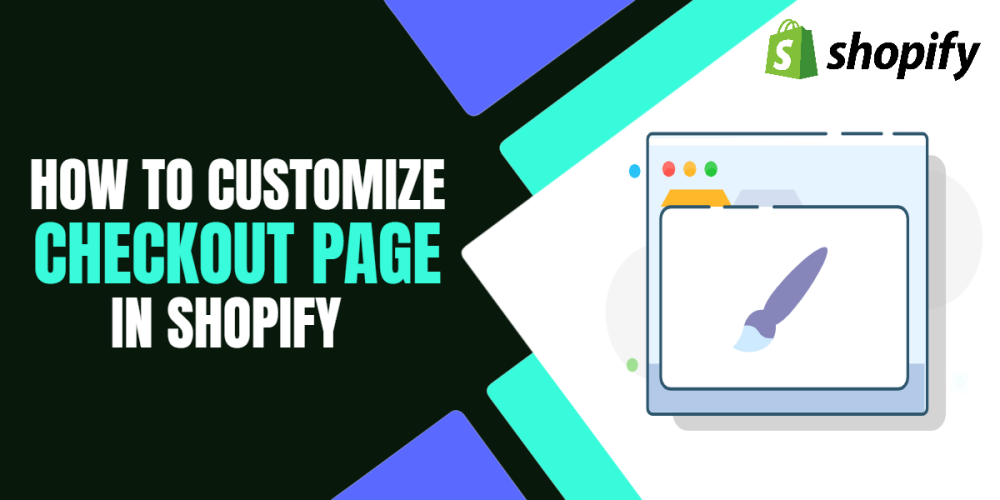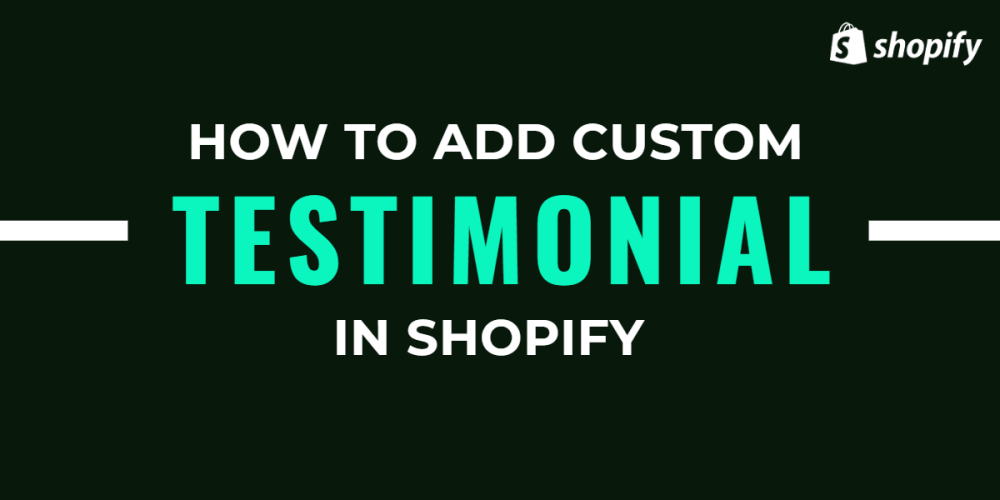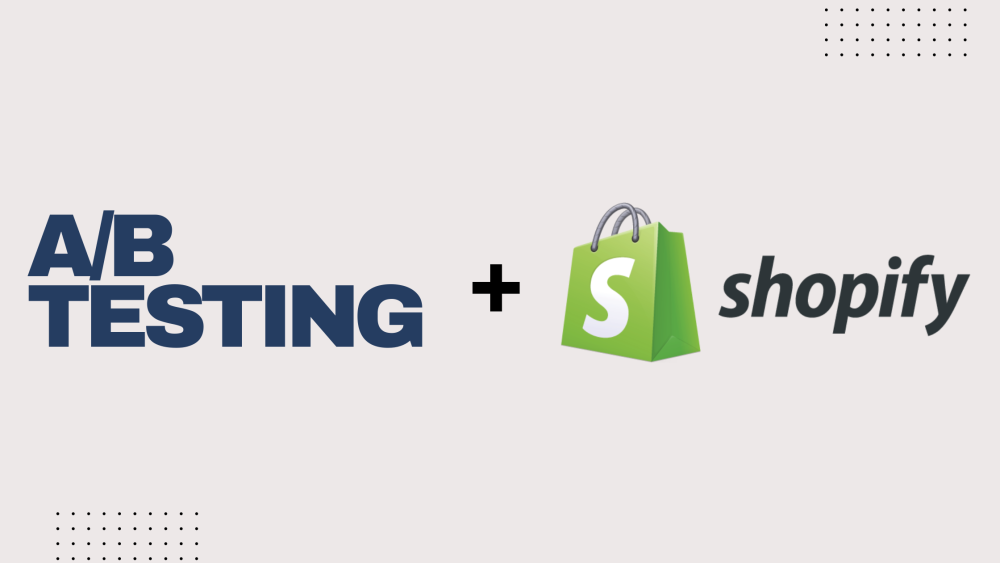Welcome to CodeCrew Infotech



The Ultimate Guide to Shopify SEO: Rank Higher and Increase Sales
In the competitive world of e-commerce, having a well-optimized Shopify store can make all the difference between thriving and merely surviving. Search engine optimization (SEO) is a crucial component of your online strategy, helping you rank higher on search engine results pages (SERPs), attract more traffic, and ultimately increase sales. This guide will walk you through the essential aspects of Shopify SEO, providing actionable tips and best practices to boost your store's visibility and performance.
Understanding SEO Basics
What is SEO?
SEO (Search Engine Optimization) is the practice of optimizing your website to rank higher in search engine results pages (SERPs). It involves various strategies and techniques aimed at improving your site's visibility to attract organic traffic. Effective SEO helps ensure that your site appears in front of users when they search for products or services related to your business.
Why is SEO Important for Shopify Stores?
SEO is crucial for Shopify stores because higher search rankings lead to more visibility, which translates to increased traffic and higher chances of conversions. Unlike paid advertising, organic traffic from SEO is cost-effective and sustainable in the long term. Additionally, a well-optimized site enhances user experience, builds brand credibility, and can significantly impact your bottom line.

1. Keyword Research
Identifying the Right Keywords Keyword research is the foundation of any successful SEO strategy. Start by identifying keywords that your target audience is likely to use when searching for products you offer. Tools like Google Keyword Planner, Ahrefs, SEMrush, and Moz can help you find relevant keywords with high search volume and low competition. Look for keywords that are specific to your special and products, and consider both short-tail (e.g., "running shoes") and long-tail keywords (e.g., "best women's running shoes for flat feet").
Long-Tail Keywords Long-tail keywords are more specific and often less competitive than broad keywords. They can drive highly targeted traffic to your store. For example, instead of targeting the broad keyword "shoes," consider targeting "women's running shoes for flat feet." Long-tail keywords are typically used by users who are closer to making a purchase, making them highly valuable for conversions.
2. On-Page SEO
Optimizing Product Pages Your product pages are the heart of your Shopify store, and optimizing them for SEO is essential. Here are key elements to focus on:
Title Tags: Include primary keywords in your product title tags. Keep them concise and descriptive to ensure they are relevant to both search engines and users.
Meta Descriptions: Write compelling meta descriptions that incorporate keywords and encourage clicks. Although meta descriptions don't directly impact rankings, they can influence click-through rates (CTR).
Headers (H1, H2, H3): Use headers to structure your content and include relevant keywords. This helps search engines understand the hierarchy and relevance of your content.
Alt Text for Images: Add descriptive alt text to your images to improve search visibility and accessibility. This is especially important for product images, as it helps search engines index them correctly.
Content Creation Creating high-quality content is vital for engaging your audience and improving SEO. Here are some tips:
Product Descriptions: Write unique and detailed product descriptions that highlight features and benefits. Avoid using manufacturer descriptions, as duplicate content can harm your SEO.
Blogging: Regularly publish blog posts that provide value to your audience and incorporate targeted keywords. Blogging helps establish your authority, attract organic traffic, and provide opportunities for internal linking.
URL Structure
Keep URLs short, descriptive, and keyword-rich. For example, use "yourstore.com/womens-running-shoes" instead of "yourstore.com/product12345".
Use hyphens to separate words in URLs (e.g., yourstore.com/womens-running-shoes).
3. Technical SEO
Site Speed is a critical factor in SEO, as slow-loading pages can lead to higher bounce rates and lower rankings. Here are some ways to improve site speed:
Optimize Images: Compress images without sacrificing quality to reduce load times.
Use a Fast, Reliable Hosting Provider: Choose a hosting provider that offers fast loading times and minimal downtime.
Minimize Heavy Scripts and Plugins: Limit the use of resource-intensive scripts and plugins that can slow down your site.
Mobile-Friendliness With more users browsing on mobile devices, ensuring your site is mobile-friendly is essential. Here’s how:
Responsive Design: Ensure your Shopify theme is responsive, meaning it adapts to different screen sizes and provides a seamless experience on all devices.
Mobile Testing: Test your site on various devices to ensure it functions well and looks good on smartphones and tablets.
Site Architecture A well-structured site makes it easier for search engines to crawl and index your pages. Here’s how to improve your site architecture:
Logical Structure: Create a logical site structure with easy navigation. Organize your products into clear categories and subcategories.
Internal Linking: Use internal linking to connect related pages and help search engines understand your site's hierarchy. This also helps distribute link equity across your site.
4. Off-Page SEO
Backlink Building Backlinks from reputable sites signal to search engines that your site is trustworthy and authoritative. Here are strategies to build quality backlinks:
Guest Posting: Reach out to influencers and bloggers for guest posting opportunities. Provide valuable content in exchange for a link back to your site.
Create Useful Content: Produce high-quality, useful content that attracts natural backlinks. This could be in the form of infographics, videos, or comprehensive guides.
Social Media Social media can indirectly impact SEO by driving traffic and engagement. Here’s how to leverage social media for SEO:
Content Promotion: Promote your content on social media platforms to increase visibility and drive traffic to your site.
Encourage Social Sharing: Encourage social sharing to boost your content's reach and potential backlinks. Include social sharing buttons on your product pages and blog posts.
5. Local SEO
Google My Business Optimizing your Google My Business profile can help your Shopify store appear in local search results. Here’s how:
Complete Your Profile: Fill out all the necessary information, including your business name, address, phone number, website, and business hours.
Encourage Reviews: Encourage satisfied customers to leave positive reviews on your Google My Business profile. Respond to reviews to show that you value customer feedback.
6. Measuring SEO Success
Analytics Tools Tracking your SEO performance is essential to understand what’s working and what needs improvement. Here are some tools to use:
Google Analytics: Use Google Analytics to track key metrics such as organic traffic, bounce rate, and conversion rate.
Google Search Console: Monitor your site's performance in search results, identify and fix issues, and see which queries drive traffic to your site.
Regular Audits Conduct regular SEO audits to identify and fix issues. Here’s how:
Technical Audit: Check for technical issues like broken links, duplicate content, and site speed problems.
Content Audit: Review your content to ensure it’s up-to-date, relevant, and optimized for SEO.
Link Audit: Assess your backlink profile to ensure you have high-quality, relevant backlinks.
Implementing a robust SEO strategy for your Shopify store is essential for driving organic traffic, increasing visibility, and boosting sales. By understanding the fundamentals of SEO, conducting thorough keyword research, optimizing your on-page and technical elements, and building a strong off-page presence, you can create a powerful online presence that attracts and converts visitors. Keep refining your approach, stay informed about industry changes, and watch your Shopify store climb the search engine rankings.
FAQs
Q: How long does it take to see results from SEO efforts?:
SEO is a long-term strategy, and it can take several months to start seeing significant results. Consistency and patience are key.
Q: Can I do SEO myself, or should I hire an expert? :
While you can certainly learn and implement SEO strategies yourself, hiring an expert can save time and ensure you're using the most effective techniques.
Q: What are the most important ranking factors for Shopify SEO?:
Key factors include keyword optimization, site speed, mobile-friendliness, quality content, backlinks, and user experience.
Q: How often should I update my SEO strategy?:
Regularly review and update your SEO strategy to keep up with changes in search engine algorithms and industry trends. Aim for at least quarterly reviews.
You may also like













